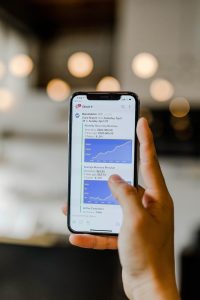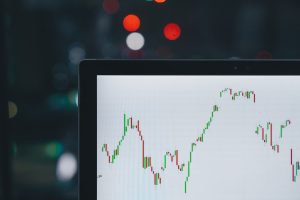Foreign exchange (forex) trading is a high-risk, high-reward market that allows traders to make significant profits by buying and selling different currencies. One of the most important tools in forex trading is leverage, which is the ability to control a large amount of money with a smaller initial investment. However, leverage can also increase the potential losses if the market moves against you. In this article, we will explore what happens if you lose leverage in forex and how to manage this risk.
What is leverage in forex trading?
Leverage is a borrowing mechanism that allows traders to control a larger position in the market with a smaller amount of capital. For example, if a trader wants to buy 100,000 units of a currency and their broker offers a leverage ratio of 100:1, they would only need to deposit $1,000 to open the position. The broker would provide the remaining $99,000, which is the leverage.
Leverage can amplify both profits and losses. If the market moves in the trader’s favor, they can make a significant profit with a small investment. However, if the market moves against them, they can lose more than their initial investment.
What happens if you lose leverage in forex?
If a trader loses leverage in forex trading, it means that their position has moved against them to the point where they no longer have enough equity to maintain the position. When this happens, the broker will issue a margin call, which requires the trader to either deposit more funds or close the position.
A margin call is a notification from the broker that the trader’s account has fallen below the required margin level. The margin level is the percentage of the account balance that is required to maintain an open position. For example, if the margin level is 50%, the trader must have at least 50% of the required margin in their account to maintain an open position.
If the trader does not deposit more funds or close the position, the broker may liquidate the position to recover the borrowed funds. This means that the trader’s position will be closed automatically, and any losses will be deducted from their account balance.
How to manage leverage risk in forex trading?
Leverage can be a powerful tool in forex trading, but it also comes with significant risks. To manage the risk of losing leverage, traders can take the following steps:
1. Understand the risks: Before trading with leverage, it is essential to understand the risks and how leverage works. Traders should educate themselves on the potential losses and the margin requirements of their broker.
2. Use risk management tools: Traders can use risk management tools such as stop-loss orders to limit their losses. A stop-loss order is an order that automatically closes the position when the market reaches a certain price level. This helps to limit the losses and protect the trader’s account balance.
3. Choose a suitable leverage ratio: Traders should choose a leverage ratio that is appropriate for their trading style and risk tolerance. A higher leverage ratio may offer the potential for higher profits, but it also increases the potential losses.
4. Monitor the market: Traders should monitor the market regularly to identify any potential risks or changes in market conditions. This helps to make informed decisions and manage the risk of losing leverage.
Conclusion
In conclusion, losing leverage in forex trading can have significant consequences for traders. It can lead to margin calls, liquidation of positions, and significant losses. To manage this risk, traders should understand the risks, use risk management tools, choose a suitable leverage ratio, and monitor the market regularly. By taking these steps, traders can minimize the risk of losing leverage and protect their trading capital.






